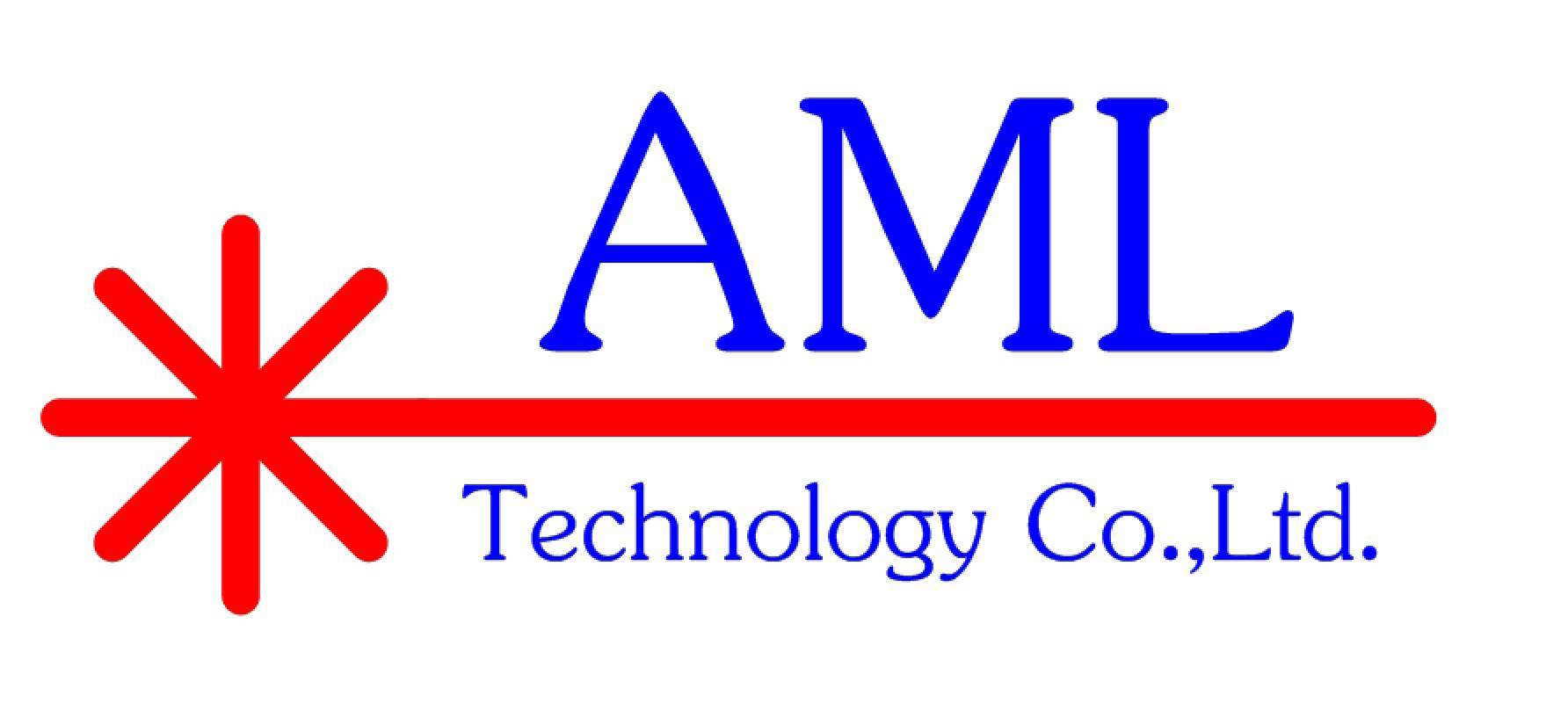It is important to select a proper light source according to the specific measurement in spectroscopic applications. Spectral Products offers wide range selection of light sources for various applications.
Broad-band light source:
Broad-band light sources are needed for transmittance, absorption and reflectance spectroscopic measurements.
Tungsten-Halogen (TH)
TH is a general light source for visible and NIR range spectroscopic applications. Tungsten-Halogen lamps are near blackbody sources of light with fused silica envelopes around the tungsten filaments and a small quantity of an active halogen gas such as Bromine. The TH light source provides very stable and smooth spectral output so it can be applied to spectroscopic measurements (transmittance/reflectance/absorption) and color measurements. The dominant spectrum is from 300nm to 2.6µm depending on the color temperature of each lamp (due to the deep absorption band and the natural transmittance of the fused silica envelopes, the IR range is limited to 2.6µm).
-
Deuterium (D2)
D2 is a general light source for UV range spectroscopic applications. D2 lamps produce intense ultraviolet radiation by maintaining a stable electric arc in a deuterium atmosphere. The spectral power distribution of this radiation has a continuous range that extends from 160 to 400 nm (D2 spectrum). This continuous and stable characteristic of the arc makes deuterium lamps the most useful source of UV for analytical instruments, including spectrophotometers, liquid chromatography detectors, medical analyzers, pollution analyzers, colorimeters, and densitometers. Because of the stability and reproducibility of deuterium lamps, they are suitable as secondary calibration standards in the ultraviolet region.
-
Xenon (Xe)
Xe is a general light source for UV, visible and NIR range spectroscopic applications. The spectrum curve in visible range is relatively flat compared to other light sources. The 175W Xe light source (Xe spectrum) is a compact and light weight high intensity light source. It is especially suitable as a light source for spectroscopy, microscopy, optical scanning, and industrial uses, as well as for use with SP's popular Digikröm monochromators and spectrographs. According to the bulb type, it can cover ~185-2200nm (dominantly, ~250-1100nm), ~320-2200nm (dominantly, ~320nm-1100nm) and ~320-700nm.
-
IR Emitter (CFIR)
CFIR is a general light source for IR range spectroscopic applications. The coiled filament operates at approximately 975°C when powered with 11 watts (ASB-IR-12K). The radiating element is a coil of resistance wire which has a high emissivity in the Infrared spectral region (1.0µm ~ 30.0µm). The coil is supported on a grooved cylindrical substrate of alumina, resulting in the windings being electrically insulated from each other and this contributes to a more uniform radiating source.
-
Hybrid
By the combination of a deuterium lamp and a tungsten-halogen lamp, the whole spectral range from deep UV to NIR (185-2500nm) can be covered.
-
Uniform/Diffused
With an integrating sphere, any light source can generate an uniform output.
Narrow-band light source:
In general, narrow-band light sources are used as excitation sources. In some wavelength ranges that lasers cannot cover, narrow-band light sources are very useful. Some atomic emission lamps are used as reference standards for wavelength calibration in spectroscopic applications.
Wavelength tunable light source
With the combination of a monochromator and a broad-band light source, continuously tunable, narrow-band wavelength light can be acheived. The bandwidth depends on the slit width and the grating groove density used in the monochromator (~1-20nm, typically).
Calibration light source
Depending on the gas filled in a lamp, discrete spectral lines of defined wavelength, spectral width and relative instensity can be obtained.
Discrete wavelength excitation light source, COMING SOON!!
Based on the combination of materials, some defined wavelength light is generated. With a proper focusing lens, high power density light can be obtained at a certain focus. This light source is for fluorescent applications.
- Fiber coupling excitation light source
- Single excitation light source with built-in Cuvette holder
- Dual excitation light source with built-in Cuvette holder
- Multi-excitation light source with built-in Cuvette holder

 Laser Diode and DPSS Laser system
Laser Diode and DPSS Laser system High Power Tunable External Cavity Diode Lasers
High Power Tunable External Cavity Diode Lasers Nd:YAG Laser Systems
Nd:YAG Laser Systems Spectral Products & CVI Laser
Spectral Products & CVI Laser Excimer Lasers
Excimer Lasers Synrad Lasers
Synrad Lasers  Gauge Calibration Instruments
Gauge Calibration Instruments Corning Tropel Interferometer system
Corning Tropel Interferometer system Mask Aligner & Spin Coater equipment
Mask Aligner & Spin Coater equipment PCO Imaging High Performance Camera system
PCO Imaging High Performance Camera system Customer Laser Spectroscopy and High Resolution Imaging System
Customer Laser Spectroscopy and High Resolution Imaging System Cryogenic
Cryogenic



